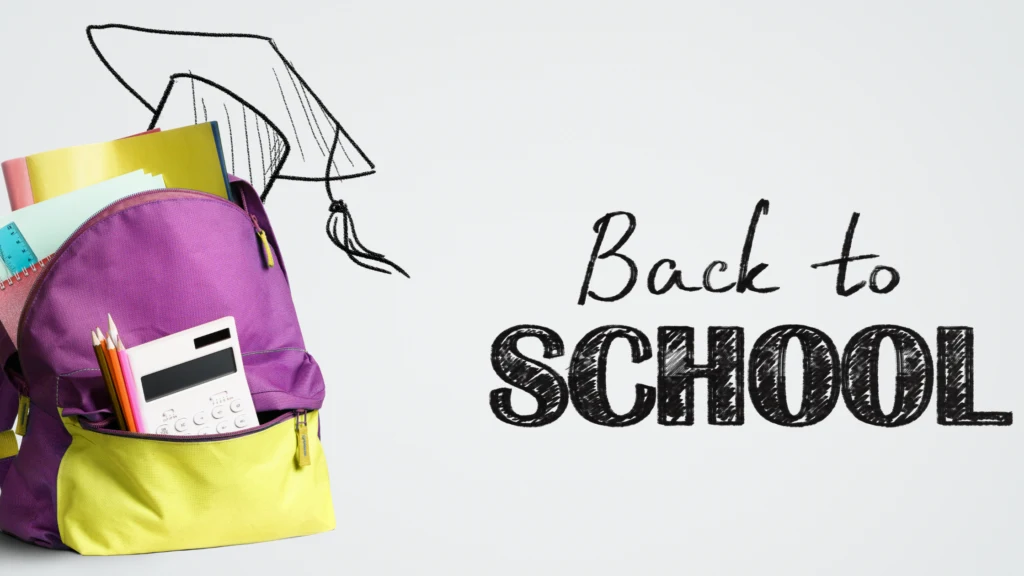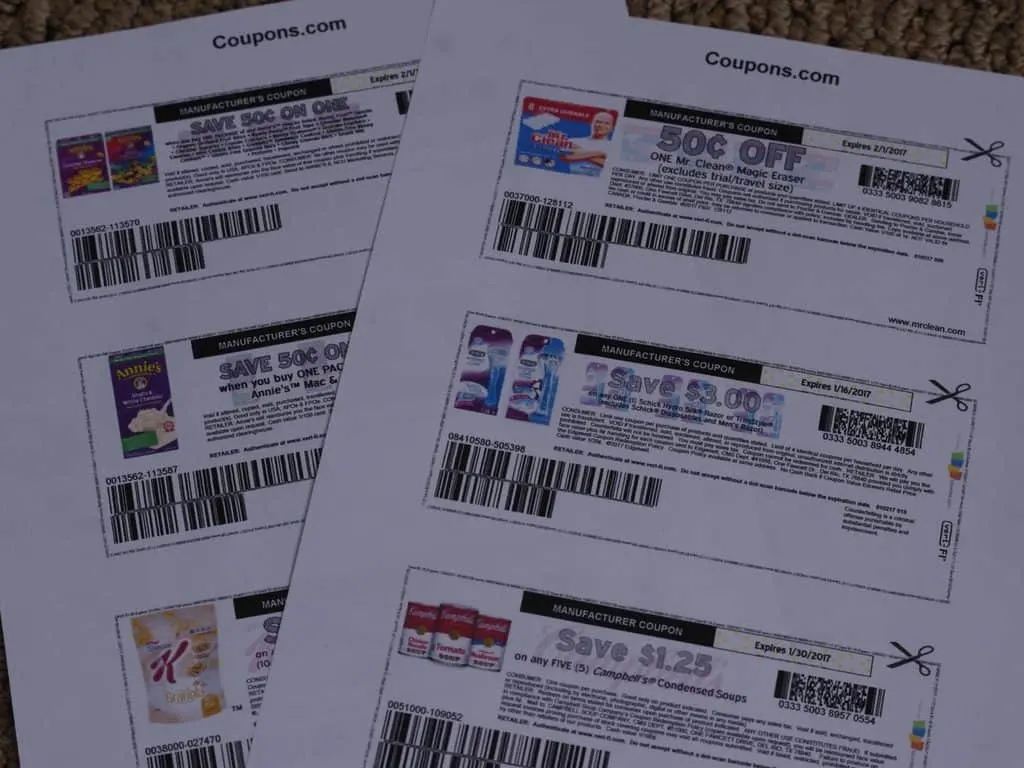Back-to-school shopping can be overwhelming for most parents. As you wander around Target or Walmart or click through endless online stores, it’s hard to resist buying things that aren’t on the list.
If your kids are a little bit older, this is a perfect opportunity to teach them about budgeting. My girls are now ten and twelve; this is the first year they will set their own budget. Luckily we already found sneakers when we hit up Kohl’s 80% off clearance right at the end of June.
This year I encourage you to take this opportunity to teach your kids about budgeting and money management. By involving them in the process, you can empower them with the skills they’ll need to make sound financial decisions in the future.

Make a Budget/Plan Together
Before you hit the stores or shop online, sit down with your child and make a list of everything they need. Then, assign a budget to each category.
You can print out a simple budget worksheet to help your child understand your spending limit’s importance. For instance, if they want a more expensive backpack, explain that they need to sacrifice for other items they also need for school.
Encourage them to focus on the most important things first, such as sneakers, clothing, quality backpacks ( do they even need a new one?), and essential school supplies, rather than buying unnecessary items that won’t last long or won’t be used.

Give Them a Set Amount of Cash
Give your child a set amount of cash to cover back-to-school costs. You can also make a rule that they have to pay for each item with their own money, which can teach them to consider their spending decisions.
This way, your child will learn to prioritize the products they most need and save money for other events or essentials.
Cash in hand is a lot easier for the kids to see how much money they have when starting and after shopping, especially if you go to multiple stores.

Involve Your Kids in Price Comparison
When you shop around, involve your kids in comparing prices and deals. Show them how to look for discounts, website promotions, and seasonal sales.
This exercise helps them understand that the prices of similar products can vary and teaches them how to make informed decisions on where to shop for their needs.
When I showed my girls the difference in prices for items online from Walmart and Target, they were shocked. They know I love getting a deal and saving money, and it was so much fun to see their excitement over saving $5 on an item from comparing stores.
Even my youngest, who isn’t as money-motivated, will compare prices online for something she is interested in.
I’ve compiled my ten favorite budget-friendly stores for school supplies here.

Show Them Discounts and Coupons
As you shop, teach your children about discounts and coupons. Explain how they work and the importance of saving money.
Show them websites or apps that offer discounts and coupons, and discuss the impact they can make. This way, they can learn to take advantage of great deals and keep more money in their wallets.
The Target app is my favorite one for the girls to start learning how to check for coupons and price comparisons. Target’s online price is often cheaper than in-store, and they will price adjust it at the register. Using the app, you can scan an item, and it will show you if there are any available coupons or circle offers.
My girls started using Fetch when they were little; it was easy to have them snap a picture of the receipt. Now they save receipts for me and understand you can earn money back when you take a little time.

Teach Your Kids to Stick to the Budget
It’s easy for children to get carried away when they see something they like, especially if their parents are paying for it. Teach them to stick to the budget by encouraging them to monitor their spending and prioritize their needs and wants.
If they go over budget on one item, they’ll have to adjust their budget for another item on the list, creating a valuable skill in financial management.
This will also be important for you to help them be consistent and stick to the budget. If they see that you let them go over the budget this one time, they may start to think a budget means that you can spend more if you find something you really love.
Remember, this will set them up for financial success in the future. Consistency is key!
Introduce them to Online Shopping and Saving Options.
You and your kids can spend a lot of time trying to find the best deals in brick-and-mortar stores. However, online shopping has made comparison shopping a lot easier.
You can also try to find coupons, discount codes, and cashback that allow for even more savings and turn the hunt for savings into a fun and interactive activity that you and your kids can do together.
We have Rakuten and Ibotta browser extensions on the computers, so if we are shopping on Amazon, it will show up in the corner if there is a lower price at another online retailer. Even if you don’t find a lower price, use Rakuten and other cashback sites for your purchases online.
Give Back
Use back-to-school shopping as an opportunity to teach your child about giving. Encourage them to donate some of their unused or slightly worn clothes or supplies to children in need.
This experience can teach them to be grateful for their opportunities and the importance of giving back.
Use positive reinforcement
Throughout the shopping process, use positive reinforcement to encourage your children to remain on budget and maintain a mindset geared toward financial planning.
Create incentives for your children to stick to the budget, such as offering them a special treat- (Ice cream cones, anyone?) or an extra-curricular activity.
Explain Saving and Planning
After the shopping spree, take time to sit with your child to review what you bought and why you made specific choices. Teach them how to use what was left of their budget to save or even plan ahead for future needs. Grab a free Savings Jar worksheet here.
Explain how short-term and long-term goals and planning can significantly impact their financial well-being.
Are you new to budgeting? Check out my ultimate budget guide here and score my Budget Planner HERE.

Celebrate their Success
At the end of the day, reflect on the successful execution of the shopping plan with your kids. Highlight the benefits of setting a budget and preparing ahead, such as the satisfaction of making intelligent financial decisions and saving for the future.
Celebrate the fruits of your budgeting labor, and encourage your kids to use these skills for future shopping experiences.
Back-to-school shopping doesn’t have to be a dreaded season or experience. Instead, it can be an excellent opportunity to teach your child valuable money lessons they can carry throughout their lives.
By setting aside some time for budget planning, bargain hunting, discussing giving, and savings planning, you can teach your children budgeting and money management skills that they can apply to everyday life.
Let this be the year when your family learns to have fun and enjoy budgeting during the back-to-school season.
